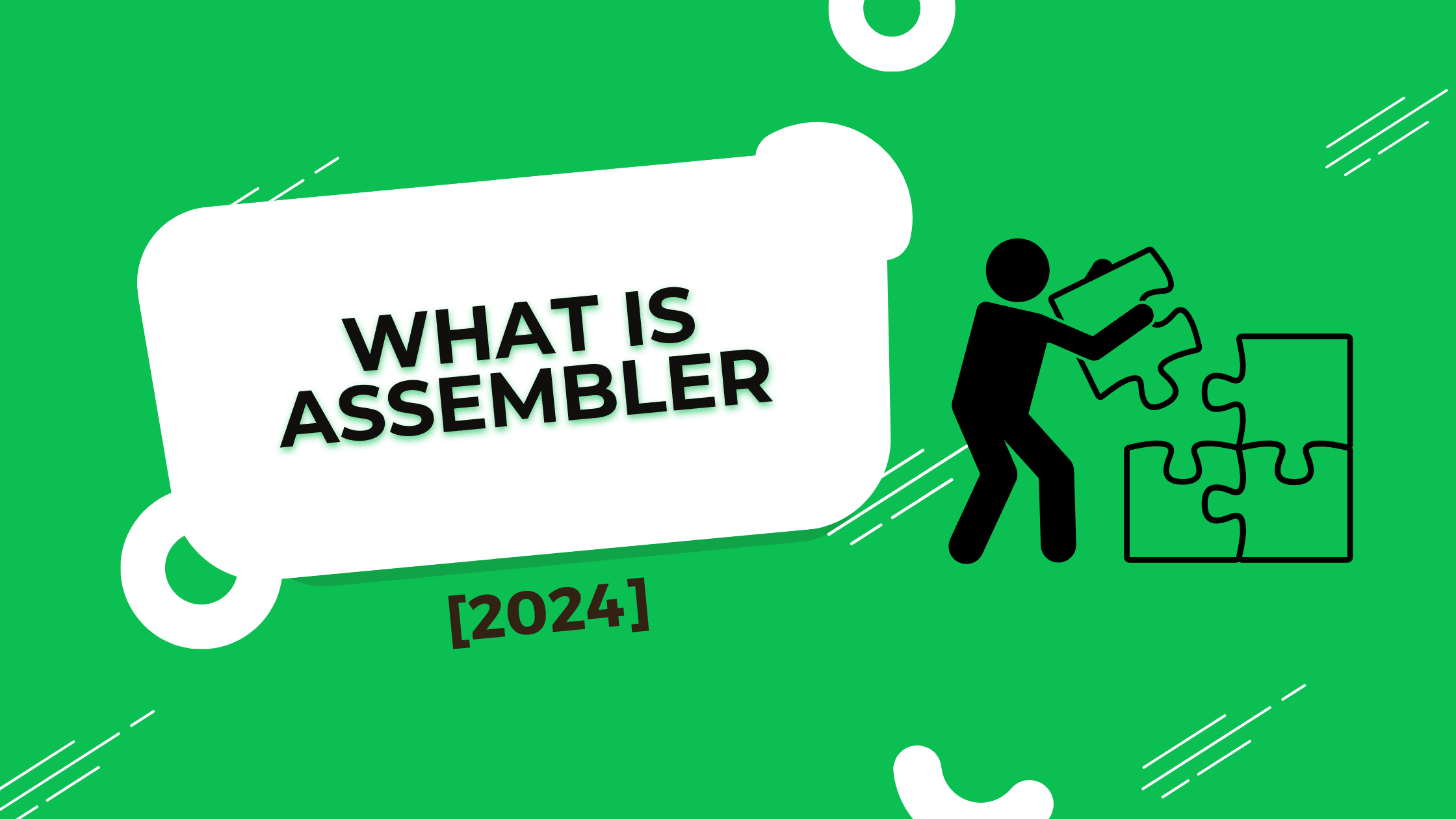Elements of UI Essentials 2024: A Comprehensive Guide to User Interface Design
In the ever-evolving world of digital design, understanding the essential elements of User Interface (UI) is crucial for creating effective and engaging digital products. As we move into 2024, the principles of UI design continue to evolve, adapting to new technologies and user expectations. This comprehensive guide will explore the key UI elements that every designer should know, helping you create intuitive and visually appealing interfaces.
Introduction to UI Design
User Interface design is the process of creating interfaces in software or computerized devices, focusing on looks or style. UI designers aim to create interfaces that users find easy to use and pleasurable. A well-designed user interface can significantly enhance the user experience (UX) of a digital product. For a foundational understanding of UI design basics, the Nielsen Norman Group provides an excellent overview.
For those interested in diving deeper into the world of software development, including UI design, check out our custom software development services.
Types of UI Elements
UI elements are the building blocks of any interface. They can be broadly categorized into several types:
1. Input Controls
Input controls are UI elements that allow users to input information or make selections. Common input UI elements include:
- Text fields
- Dropdown menus
- Checkboxes
- Radio buttons
- Date pickers
These elements help users interact with the system, providing necessary information or making choices.
2. Navigational Components
Navigational UI elements are crucial for guiding users through an app or website. They include:
- Navigation menus
- Search fields
- Breadcrumbs
- Sliders
- Tags
- Icons
Effective navigation is key to a good user experience, allowing users to find what they need quickly and easily.
3. Informational Components
Informational UI elements provide users with important information about their interactions or the system state. These include:
- Tooltips
- Icons
- Progress bars
- Notifications
- Message boxes
- Modal windows
These elements help keep users informed and can significantly improve the overall usability of an interface.
4. Containers
Containers are UI elements that hold related content together. Examples include:
- Accordions
- Tabs
- Lists
- Tables
Containers help organize information in a logical and easily digestible manner.
Essential UI Elements Every Designer Should Know
Let’s delve deeper into some of the most essential UI elements that every designer should be familiar with:
1. Buttons
Buttons are one of the most fundamental UI elements. They allow users to take actions and make choices. Effective button design considers:
- Clear labeling
- Appropriate sizing
- Visual feedback on interaction
- Consistent styling across the interface
2. Forms
Forms are essential for gathering user input. Key considerations in form design include:
- Logical field grouping
- Clear labels
- Validation and error messaging
- Responsive design for various screen sizes
3. Typography
While often overlooked, typography is a crucial UI element. It includes:
- Font choices
- Text sizing and hierarchy
- Line spacing
- Color contrast
Good typography enhances readability and can significantly impact the overall user experience. For an in-depth look at typography in UI design, check out this article from UX Booth on Typography in UI Design.
4. Color Palette
A well-thought-out color palette is essential in UI design. It should consider:
- Brand identity
- Color psychology
- Accessibility (contrast ratios)
- Consistency across the interface
For a comprehensive guide on color theory in UI design, the Interaction Design Foundation offers an excellent resource.
5. Icons
Icons are powerful UI elements that can convey meaning quickly and save space. Effective icon design considers:
- Clarity and recognizability
- Consistency with overall design style
- Appropriate sizing
- Use of color
6. Navigation Menus
Navigation menus are critical for helping users move through an app or website. Key considerations include:
- Clear labeling
- Logical structure
- Responsive design for different devices
- Visual feedback for current location
7. Cards
Cards have become a popular UI element, especially in content-rich applications. They help to:
- Organize information
- Provide a consistent layout
- Improve scannability of content
8. Modals
Modals are dialog boxes that appear on top of the main content. They’re useful for:
- Focusing user attention
- Gathering specific input
- Confirming actions
However, they should be used judiciously to avoid disrupting the user experience.
UI Design Principles for 2024
As we look towards 2024, several key principles are shaping UI design:
1. Simplicity and Clarity
With the increasing complexity of digital products, simplicity in UI design is more important than ever. This involves:
- Using clear, concise language
- Employing a clean, uncluttered layout
- Prioritizing essential features and content
2. Accessibility
Designing for accessibility is not just good practice; it’s increasingly becoming a legal requirement. This includes:
- Ensuring sufficient color contrast
- Providing alternative text for images
- Making interfaces keyboard-navigable
For more information on accessibility principles, visit the Web Accessibility Initiative (WAI).
3. Consistency
Consistency across an interface helps users learn and navigate more efficiently. This applies to:
- Visual elements (colors, fonts, icons)
- Interaction patterns
- Language and tone
4. Feedback and Responsiveness
Providing clear feedback for user actions enhances the feeling of control and reduces uncertainty. This can be achieved through:
- Visual feedback on button clicks
- Progress indicators for longer processes
- Clear error and success messages
5. Personalization
As AI and machine learning advance, personalized UI experiences are becoming more prevalent. This might involve:
- Customized content recommendations
- Adaptive interfaces based on user behavior
- Personalized visual themes
The UI Design Process
Creating effective UI designs involves a structured process:
- Research and Analysis: Understand user needs, business goals, and technical constraints.
- Wireframing: Create low-fidelity layouts to establish the basic structure.
- Prototyping: Develop interactive prototypes to test user flows and interactions.
- Visual Design: Apply the visual style, including colors, typography, and imagery.
- Testing: Conduct user testing to validate design decisions.
- Iteration: Refine the design based on feedback and testing results.
For insights into how software houses approach UI design and development, check out our article on what is a software house.
UI Design Tools for 2024
As we move into 2024, several tools are proving invaluable for UI designers:
- Figma: Collaborative design tool for creating UI mockups and prototypes.
- Adobe XD: Versatile tool for UI/UX design and prototyping.
- Sketch: Popular design tool with a wide range of plugins.
- InVision: Prototyping and collaboration platform.
- Framer: Tool for creating interactive designs and prototypes.
For a comprehensive survey of design tools used by professionals, check out the UX Tools Design Tools Survey 2023.
The Intersection of UI and UX Design
While this guide focuses on UI elements, it’s important to note the close relationship between UI and UX design. UI design is a crucial component of the overall user experience. A beautifully designed interface that’s difficult to use will result in a poor user experience. Conversely, a highly usable interface that’s visually unappealing may fail to engage users.
Effective digital product design requires a balance between UI and UX considerations. UI designers need to work closely with UX designers to ensure that the visual design supports and enhances the overall user experience.
Future Trends in UI Design
As we look towards the future of UI design, several trends are emerging:
- Voice User Interfaces (VUI): As voice-activated devices become more prevalent, designing for voice interactions is increasingly important. Google provides excellent resources on conversation design for voice interfaces.
- Augmented Reality (AR) Interfaces: AR is opening up new possibilities for blending digital interfaces with the physical world. Apple’s Augmented Reality Design Guidelines offer valuable insights into this emerging field.
- Microinteractions: Small, subtle animations that provide feedback and enhance the feel of an interface are becoming more sophisticated. Learn more about the importance of microinteractions in this article from UX Planet.
- Dark Mode: Offering a dark mode option is becoming standard practice, requiring designers to consider how their UI elements appear in both light and dark contexts.
- Neumorphism: This design trend, which creates soft, realistic-looking UI elements, is gaining popularity for its unique aesthetic appeal.
For more on current UI design trends, Dribbble’s UI Trends section is an excellent resource for visual inspiration.
Conclusion
Understanding and effectively implementing UI elements is crucial for creating digital products that are both visually appealing and highly usable. As we move into 2024, the principles of good UI design remain rooted in understanding user needs and creating intuitive, efficient interfaces.
However, the specific implementation of these principles continues to evolve with new technologies and changing user expectations. Staying up-to-date with the latest UI design trends and continuously refining your skills in creating and using UI elements will be key to success in the field of UI design.
Remember, great UI design is about more than just making things look good – it’s about creating interfaces that enhance the overall user experience, making digital products more accessible, enjoyable, and efficient to use. By mastering the essential UI elements and principles outlined in this guide, you’ll be well-equipped to create compelling, user-friendly interfaces that stand out in the ever-evolving digital landscape of 2024 and beyond.












